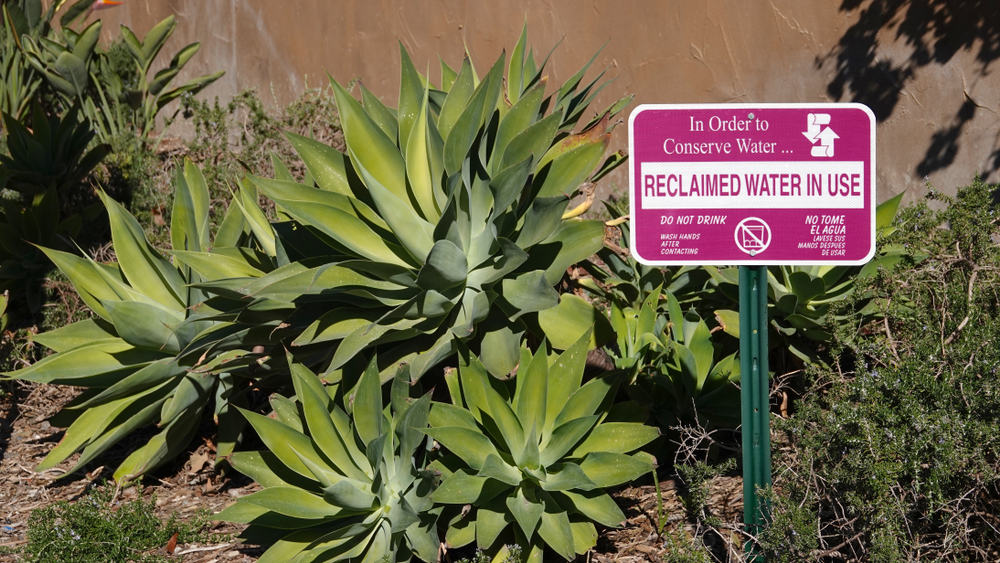What Are the Three Types of Water?
Posted on Categories Discover Magazine

When water levels dropped last year, waterways like the Mississippi River and Lake Mead became shallower than kiddie pools. Although the extreme drought from 2022 has eased in many places, 28 percent of the continental U.S. is still experiencing drier-than-average conditions.
Both Lake Mead and the Mississippi River serve as freshwater sources for nearby communities. The threat of drought has prompted many municipalities to consider how wastewater can be reused, and the recent Bipartisan Infrastructure Law set aside funding for communities that want to recycle water and become more drought resistant.
Emergency water transfers have supplemented dangerously low supplies in some drought-stricken cities, like Coalinga in Central California. In these dry locales, water recycling could help to end future shortages.
Read More: How Old is the Water We Drink?
The Types of Water 101
Water is typically divided into three categories: potable, black and grey.
Potable water is treated, drinkable water that is piped to residences. People use this water in their showers, sinks, toilets, washing machines and dishwashers. The wastewater is then returned through one main line back into the sewer system.
Most municipalities have one line to send wastewater back into the system, and the system doesn’t distinguish between a contaminated gallon flushed from the toilet and reusable water from the washing machine. Problematically, most household wastewater is the reusable kind that could be repurposed as non-potable water.
Depending on local ordinances, non-potable water can be directly piped into irrigation systems and used to water lawns and gardens. It can also be used for outdoor cleaning, such as car washing or patio scouring. Systems can also be developed so that water is captured, treated, and used to service toilets or washing machines.
However, water recycling systems have to be carefully designed to keep contaminated and non-potable water separate to avoid spreading harmful chemicals and deadly bacteria.
Blackwater vs. Greywater
Blackwater is contaminated water that is flushed from a toilet. Depending on the municipality, the water expelled from a dishwasher might also be considered black. Greywater comes from sinks, showers, and washing machines.
Greywater typically has one-tenth the nitrogen content of black water. Nitrogen is a dangerous pollutant and a finicky chemical to manage during the reclamation process. Greywater also does not have the same pathogens found in blackwater that come from human waste.
Greywater does have its own common contaminants. A 2020 study in the International Journal of Chemical Studies examined greywater from apartment buildings and found it contained heavy metals as well as compounds like nitrates and phosphates. The authors suggested the contaminants came from beauty products, body lotions and hair dye. They concluded that greywater needs to be treated before it can be consumed, but it could be used for other household purposes.
Using Greywater
Reclaiming greywater could have a great impact on water supplies, especially in drought areas. Between 60 and 75 percent of wastewater from households is greywater, and of this, 50 percent is considered “light grey,” meaning it doesn’t have as many contaminants that require treatment.
When greywater is used instead of potable water to flush toilets, water lawns and wash cars, demand on freshwater supplies can drop between 26 to 41 percent. Setting up a reuse system requires investment from municipalities so that greywater can be sent to reclamation separate from blackwater. It also requires a water delivery system that distinguishes between potable water sent to sinks and greywater piped to toilets.
Although it would be nice to have sink water directly sent to fill the toilet, untreated greywater cannot be used indoors because it can rapidly grow bacteria, which can be harmful to people.
Untreated greywater can be used directly outside, which can be a relief in drought-prone areas.
Some cities in California now allow people to set up an irrigation system that takes the water from their washing machines and reuses it to water their lawns and gardens. The irrigation system typically must be professionally installed in order to avoid crossing grey and potable water lines.
Greywater is not recommended for use on garden fruits or vegetables. It’s also not recommended for plants that prefer acidic soil.
Although it can’t be used everywhere, it can make a big difference in water reduction. The average American household uses about 50 gallons of water in their washing machines each day. A repurposing system could stop both water and money from going down the drain.
Read More: Why Lakes Are Important Resources